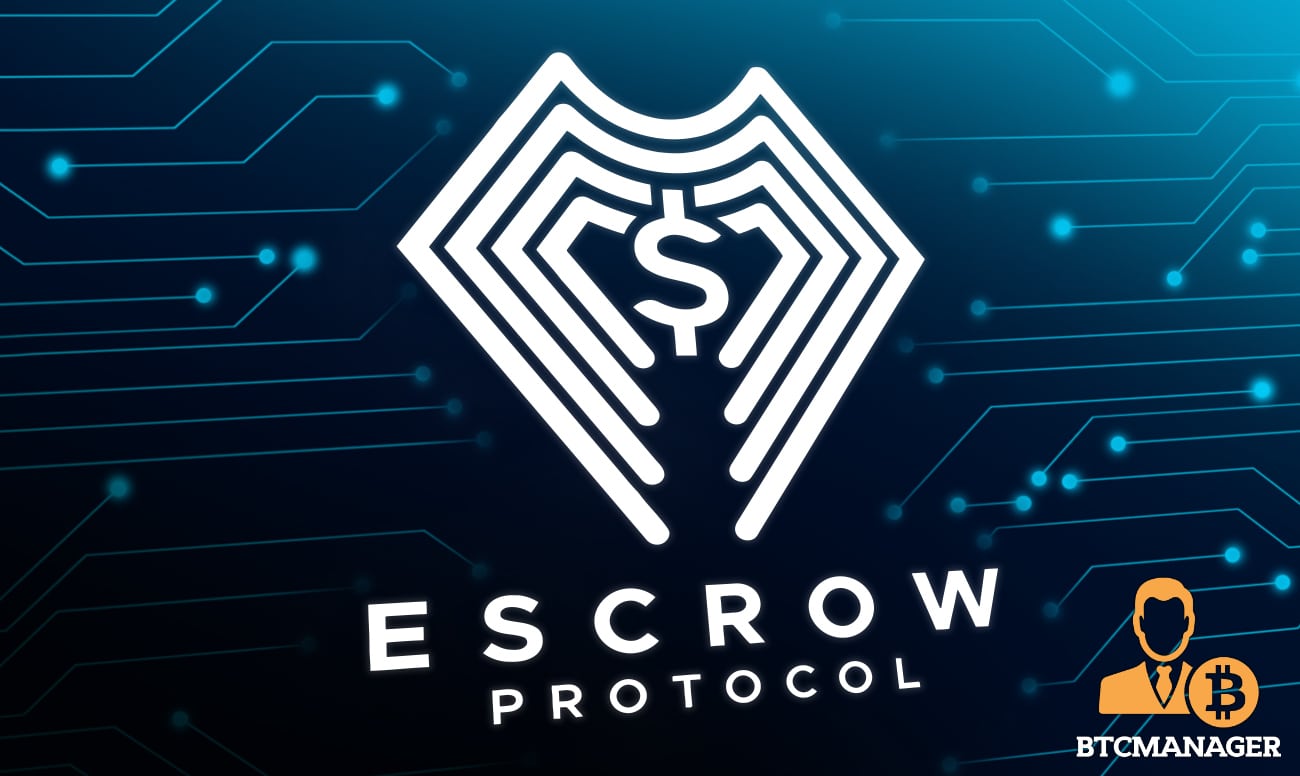Solutions That Protect Investors Funding

Capital formation has never been easier. The crypto market enables companies and early-stage projects to raise massive amounts of money through crowdfunding. By removing entry barriers on a global scale, anyone can participate in a crypto crowdfunding like ICO and gain immediate exposure to that project.

In the same breadth, investors can lose all their money if project owners pull the rug or insert a back door exit in the smart contract code. With the rise in popularity of crypto markets, we see an increasing number of bad actors trying to compromise investors’ funding.
Such fraudulent activity is repeated time and again because investors don’t control how the funds are used internally. In addition, they don’t have the power to claim back their financial contribution when a project fails to fulfill its fundraising promises.
Four Solutions For Protecting Investors Funding
Periodic Fund Allocation
When investors put their hard-earned money into a project, it is essentially a sign of confidence in the concept and the team behind it. So, when raising money via crowdfunding, we are creating a trust-based environment. And that is not enough to provide greater transparency and control to seed investors.
What is needed is an accountability system for founders and entrepreneurs. By incorporating a periodic fund allocation process, investors can release funds once the team completes a milestone. If they fail, investors can claim back their financial contribution.
All of this can be integrated into a smart contract in the form code, where investors can create and enforce self-sustaining agreements.
Capital Efficient Models
Milestone-based funding by investors is only effective when the unreleased funds are put to work. To maximize the returns on raised capital, crowdfunding contributors should use capital-efficient models like stablecoin yield farming protocols.
The surplus capital sitting in an escrow account can be staked into a liquidity pool. This not only creates a passive high-yielding income stream for investors but also increases funds allocated to a project. To take it a step further, the community of investors can propose different yield programs to adjust risk. As a result, investors will have the control to choose how they want their money to grow while still having project exposure.
Multiple Levels of Governance
Outside of increasing capital efficiency and fund allocation, investors need governance rights to positively impact the progress of a project. By having voting power based on their financial contribution, investors can raise concerns and investigate projects in an open blockchain environment.
As most projects are community-led, it is paramount for members to have the control to create new proposals and participate in consensus. If a proposal is successful or project manipulation is detected, active contributors will receive good rewards and raise their credibility in the community.
Fool-Proof Verification Process
Investors can avoid falling for scam projects by verifying all contractual information and defining true ownership. This is where NFTs can make a big difference for crowdfunding investors. As it’s practically impossible to alter ownership of an NFT, investors can use them to verify the legitimacy and future scope.
The non-fungible tokens can also be used as ID-access cards to make it easier for investors to interact with other members involved in the project. As the entire contract data is embedded into an NFT, investors will know everything from purchasing price and roadmap, to vesting terms and token holder rewards.
Milestone-Based Funding: The Future of Capital Formation in Crypto?
It is far more important now than ever for investors to control their financial contributions. The crowdfunding market can quickly get saturated if it’s not already, and investors need to be able to protect themselves. The best way to prevent rug pulls and avoid project shortcomings is to use a milestone-based funding model.
Escrow Protocol is one such platform to safeguard investors’ money by using milestone-based funding. In terms of capital efficiency, the project allocates funds into a yield farming protocol using an escrow. The protocol also gives back control to investors by providing voting power and risk-adjusted yield programs.











